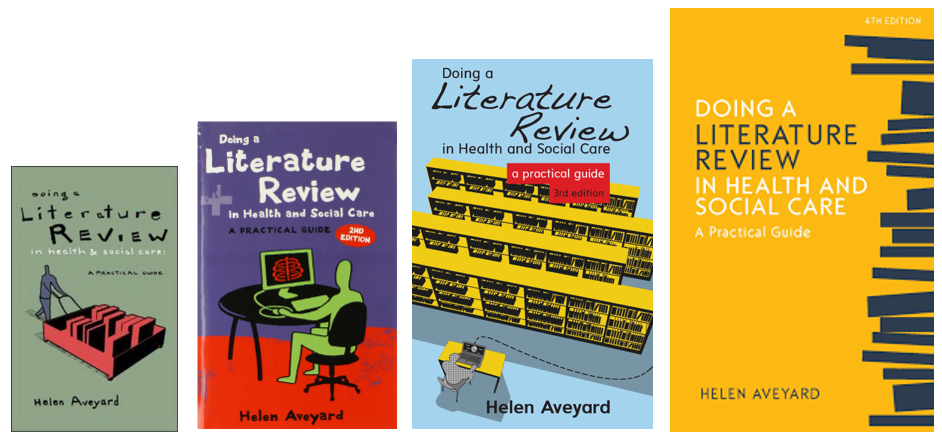

“WRITING AND PRACTICE GO HAND IN HAND”
Helen Aveyard, Principal Lecturer at Oxford Brookes University and author of four Open University Press textbooks, reflects on the writing process over her 15-year publishing journey in the field of nursing and healthcare.
Becoming an expert
Writing and practice go hand in hand. When you write, you don't start off as an expert in a topic. It is not a top-down approach.
Good writing comes from engaging with those who are learning, by finding out what the challenges are, what comes easily, and what is more difficult. Only then can writing be directed towards the needs of those who are likely to read your work.
This has been my experience since I began writing academic textbooks within nursing and healthcare in 2006. I was module leader for the dissertation, there was no standard textbook, and I could see that students found the more complex texts that did exist a little uninspiring and difficult to navigate. They required a deeper understanding of research than the students typically had at their stage of learning.
The start of the writing process
The reality was that final year health and social care students were expected to undertake a task for which there was little accessible academic guidance. This realisation was the start of the writing process and came from student experience and their identified needs.
From then on, the student experience of doing a literature review guided my writing about how to do one. That is, any student who I have supervised might well find their experiences described in my writing, all anonymised of course.


Engaging with the academic process
I had a template in mind of what students needed to know and what they should be doing when they engaged in the academic process of writing a literature review. This was informed by the more complex texts and I needed to find a way of making complex arguments accessible whilst retaining academic rigour.
I had ideas as to how this could be made as straightforward as possible in order to engage an undergraduate student cohort, but the reality of the work was shaped by the application of my ideas to the actual projects of those with whom I was working. In this way, I identified which challenges were worth pursuing and which, in my view, could be left aside; that is, which challenges enhanced student learning, and which merely got in the way.
The building blocks to further learning
Textbook writing is about making a subject accessible to those who are learning. It is not about what you know, it is about the way in which you write, where complex concepts are broken down into user friendly ideas that become building blocks for further learning and understanding.
The challenge for the writer is to keep alignment with the complexity whilst making the concepts accessible. Academic textbook writing is a fine balance between rigour and commitment to academic concepts, and creativity to explore these concepts in a meaningful way that has relevance to the student experience.
Engagement with the reader is important and helps to ensure that the writer develops his or her ideas and learns alongside the student.
